Cranberries are small, hard, bitter and pack a major punch. If you’ve ever had fresh cranberry juice then you know what I’m talking about. 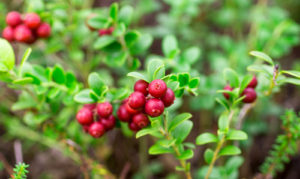 But most people only see a fraction of the full potential this little miracle fruit has to offer consuming low doses of concentrate, while others offering a bit fuller flavor with “real juice” labels. Regardless of how you enjoy your cranberries there are some differences that you should be aware of.
But most people only see a fraction of the full potential this little miracle fruit has to offer consuming low doses of concentrate, while others offering a bit fuller flavor with “real juice” labels. Regardless of how you enjoy your cranberries there are some differences that you should be aware of.
Natural Cranberry Properties
The main reason to enjoy a cranberry concoction, other than having you face pucker, is to reap the natural benefits that this fruit has to offer. Cranberry juice has been known for ages to help certain ailments including curing urinary tract infections. Cranberries are full of phytochemicals, particularly polyphenols which are known to have positive effects on the cardiovascular system, immune system and cancer.
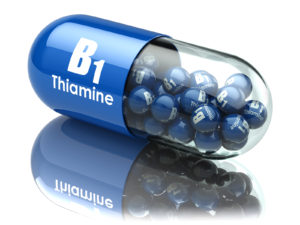 Cranberries also offer a decent amount of vitamins in each serving, including Vitamin A, Thiamine, Riboflavin, and Niacin of the Vitamin B family, Vitamin C, E and K. 100 grams of cranberries can also provide your body with Calcium, Iron, Magnesium, Potassium, Sodium and Zinc. Needless to say the natural state of this power house certainly has it’s fair share of benefits. So what about how we drink cranberries and how does that measure up on the health scale?
Cranberries also offer a decent amount of vitamins in each serving, including Vitamin A, Thiamine, Riboflavin, and Niacin of the Vitamin B family, Vitamin C, E and K. 100 grams of cranberries can also provide your body with Calcium, Iron, Magnesium, Potassium, Sodium and Zinc. Needless to say the natural state of this power house certainly has it’s fair share of benefits. So what about how we drink cranberries and how does that measure up on the health scale?
Real Juice VS Concentrated Juice
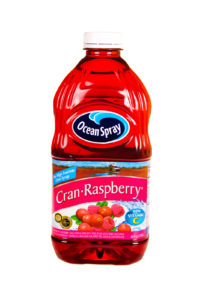 The first step is to understand how the juice is processed. Traditionally one can choose from “made from real juice” or “made from concentrate.” While most agree that both real and concentrate juices share similar qualities and comparable calorie and sugar content, not all juices are made equal.
The first step is to understand how the juice is processed. Traditionally one can choose from “made from real juice” or “made from concentrate.” While most agree that both real and concentrate juices share similar qualities and comparable calorie and sugar content, not all juices are made equal.
One of the major differences is the actual amount of vitamins you get with your choice of drink. If you are buying real juice then there’s little doubt that you will have a leg up on the needed vitamins that your body gets from a serving. Standard concentration juices severely loose their vitamin content, making them less effective and more of a “sugar” drink instead.
Did you know that the average cranberry drink contains 31 grams of sugar? Compare that to your average Dr. Pepper boasting a whopping 64 grams of sugar, having a couple of healthy drinks is just as bad as having a soft drink. 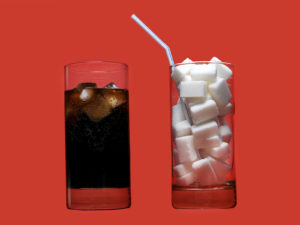 So you might as well do it right and get all the benefit out of the cranberry possible while you’re at it. There’s no real substitute from freshly squeezed cranberries but if one does have to pick up a quick beverage at the local market, then looking for key words such as “made from real juice” or even a “fortified” concentrate will ensure that you’re not just substituting a juice drink for a soft drink.
So you might as well do it right and get all the benefit out of the cranberry possible while you’re at it. There’s no real substitute from freshly squeezed cranberries but if one does have to pick up a quick beverage at the local market, then looking for key words such as “made from real juice” or even a “fortified” concentrate will ensure that you’re not just substituting a juice drink for a soft drink.
Livestrong covered the topic giving details around the differences, vitamin loss, and the fortified concentration movement while offering basic guidelines on how to choose your best drink stating, “Whether you opt for fresh juice or juice concentrate, make sure you select 100 percent juice. 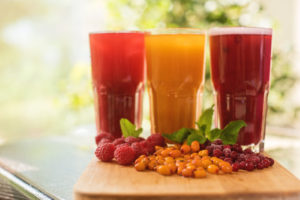 Juice cocktails, sometimes labeled as fruit drinks — for example, “orange drink” — can contain added sugar and don’t count toward your daily fruit intake. Consume juice as part of a well-balanced meal plan, but don’t rely on it as your main source of fruit. Instead, you should get most of your daily fruit intake from whole fruits and most of your daily fluid intake from water.”
Juice cocktails, sometimes labeled as fruit drinks — for example, “orange drink” — can contain added sugar and don’t count toward your daily fruit intake. Consume juice as part of a well-balanced meal plan, but don’t rely on it as your main source of fruit. Instead, you should get most of your daily fruit intake from whole fruits and most of your daily fluid intake from water.”
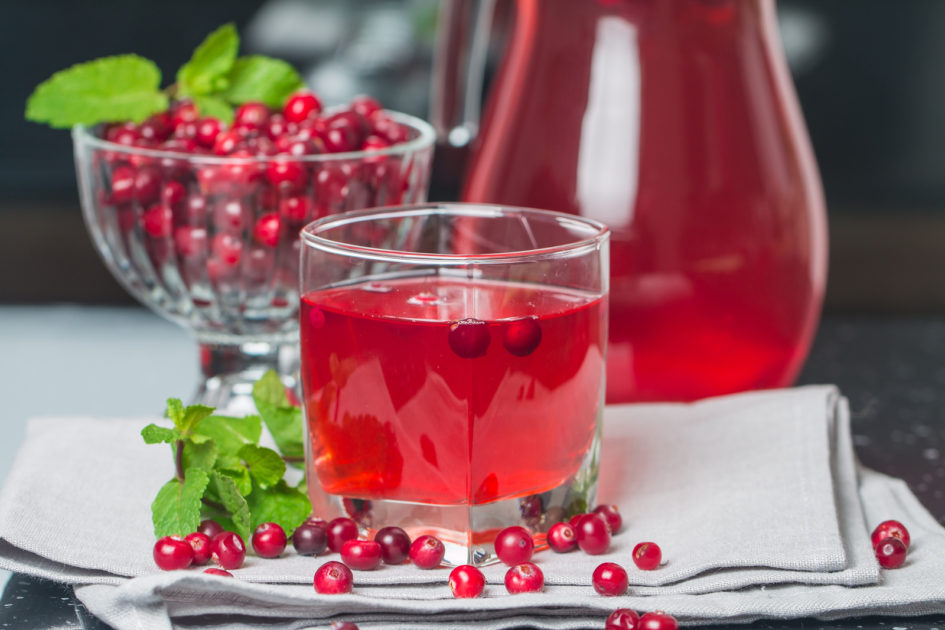

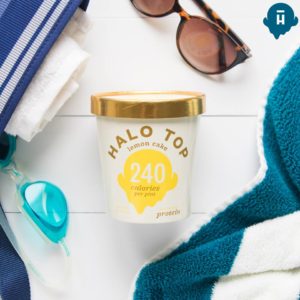

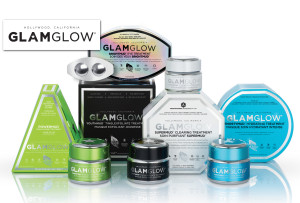



October 24, 2022 at 12:20 pm
Recipe calls for 1/2 cup cranberry frozen juice cocktail thawed. Cannot find that item. How much cranberry juice should I use to replace the frozen concentrate? Or should I use cranberry sauce?
June 11, 2019 at 7:34 pm
I really like cranberry juice. Thanks for comparing the real and concentrate.